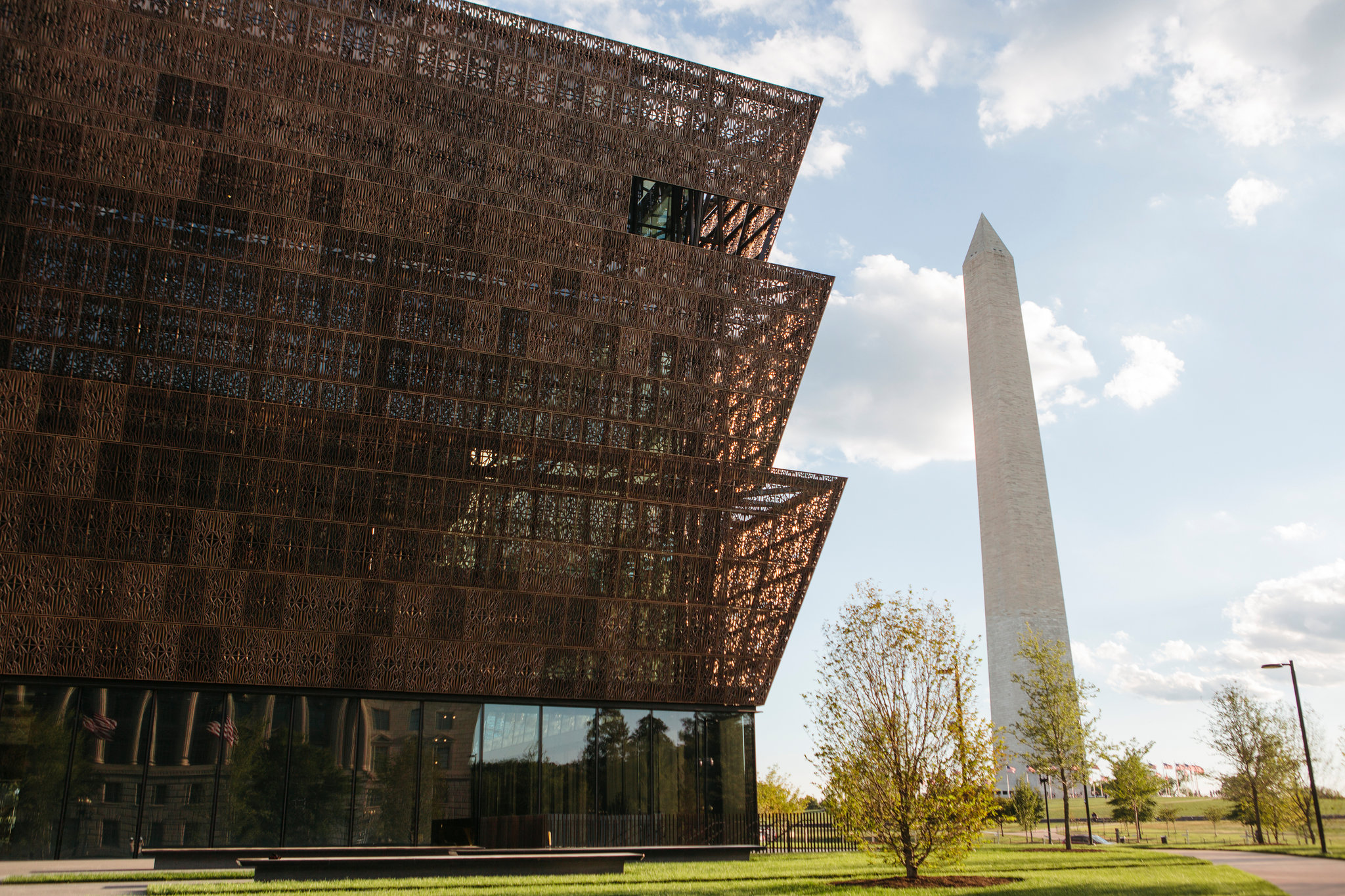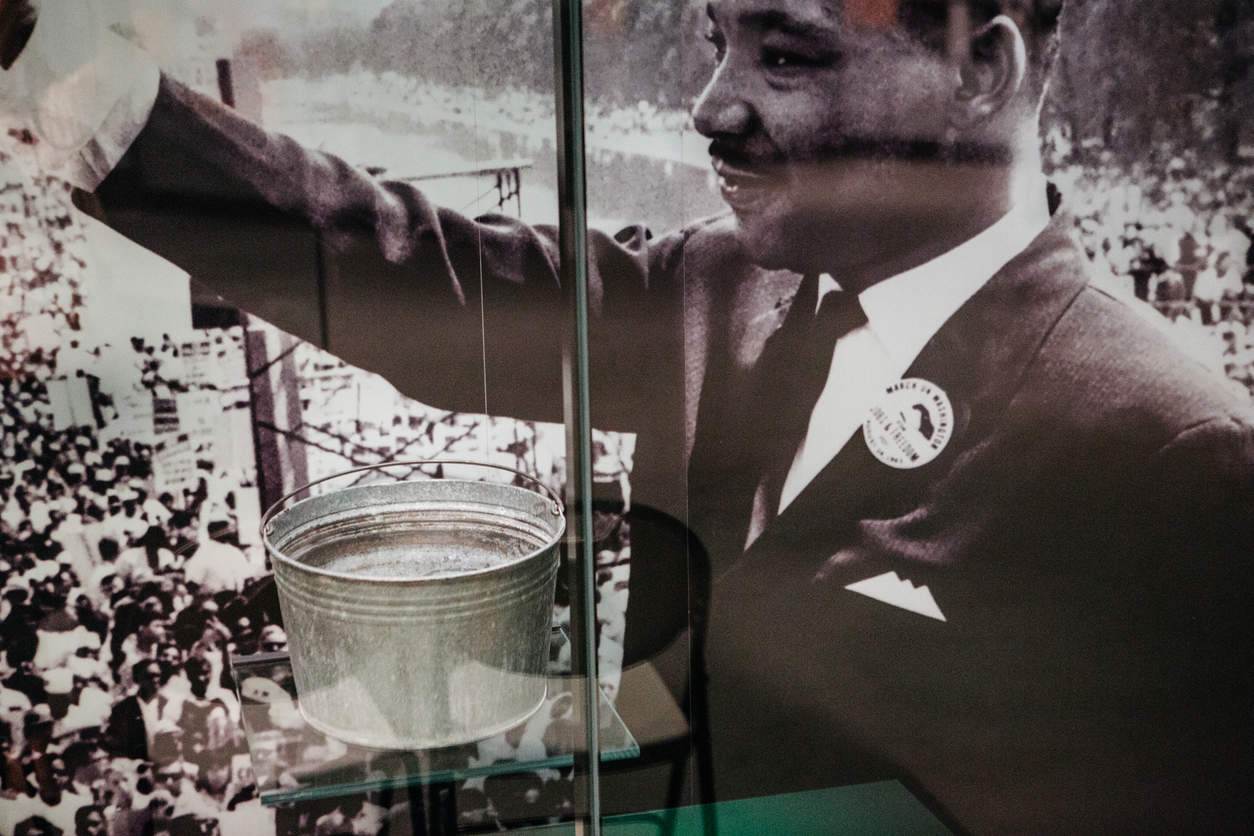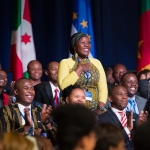[fusion_builder_container hundred_percent=”yes” overflow=”visible”][fusion_builder_row][fusion_builder_column type=”1_1″ background_position=”left top” background_color=”” border_size=”” border_color=”” border_style=”solid” spacing=”yes” background_image=”” background_repeat=”no-repeat” padding=”” margin_top=”0px” margin_bottom=”0px” class=”” id=”” animation_type=”” animation_speed=”0.3″ animation_direction=”left” hide_on_mobile=”no” center_content=”no” min_height=”none”][fusion_text]
The Nation’s Capital was honored with one more land mark, The National Museum of African American History and Culture.
THE SMITHSONIAN’S National Museum of African American History and Culture opens on Sept. 24 in Washington after a long journey. Thirteen years since Congress and President George W. Bush authorized its construction, the 400,000-square-foot building stands on a five-acre site on the National Mall, close to the Washington Monument. President Obama will speak at its opening dedication.
Appropriately for a public museum at the heart of Washington’s cultural landscape, the museum’s creators did not want to build a space for a black audience alone, but for all Americans. In the spirit of Langston Hughes’s poem “I, Too,” their message is a powerful declaration: The African-American story is an American story, as central to the country’s narrative as any other, and understanding black history and culture is essential to understanding American history and culture.
The museum says the building’s three-tiered shape evokes a traditional Yoruban crown. The exterior corona is made of 3,600 bronze-colored cast-aluminum panels. The distinctive architecture alternatively symbolizes hands lifted in prayer, in what the museum says is an expression of faith, hope and resilience.
The museum will display the original coffin of Emmett Till, the 14-year-old savagely killed in Mississippi in 1955; Ku Klux Klan hoods; and a piece of rope used in a lynching.
The museum tells a history that continues to evolve. It documents the presidency of Barack Obama, but artifacts reflecting events like Black Lives Matter protests underscore persistent inequality and police brutality.
Visitors will be able to leave their own thoughts at public video booths. After such powerful displays, they can also sit in a space called the Contemplative Court to come to terms with what they have witnessed.
From the building’s upper levels, visitors can view the Washington Monument, Arlington National Cemetery, the White House and the National Mall — a symbolic reminder, officials say, that the museum is a lens on the broader American experience.
[/fusion_text][/fusion_builder_column][/fusion_builder_row][/fusion_builder_container]











